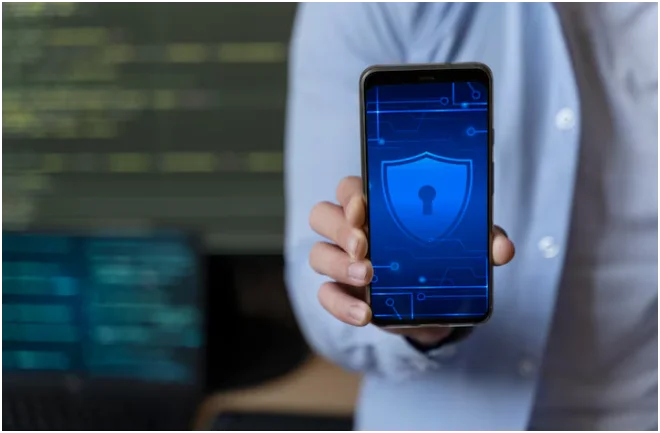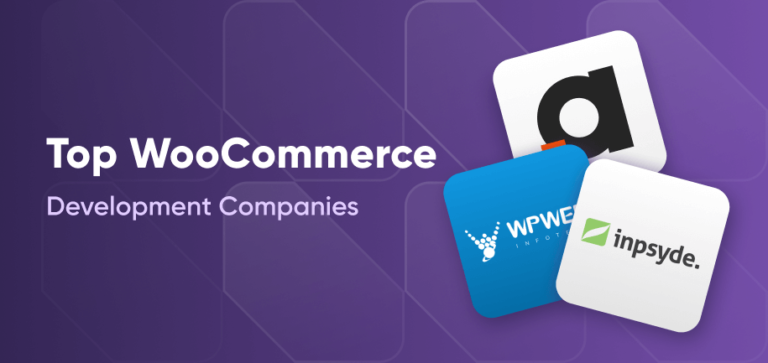Smart Strategies for Selecting the Perfect Mobile App Security Shield
Selecting the best mobile app security solution may be like negotiating a path of conflicting claims, feature lists, and technical jargon. The choice you make today might determine whether your app becomes a reliable digital companion or a warning about security failure, since cyber attacks are attacking mobile applications at previously unheard-of rates. Although there are many options available for mobile app security solutions that promise all-encompassing protection, not all security technologies are made equal. Understanding what really matters for your particular scenario is essential since some people succeed in certain areas while struggling in others.
- Evaluate Comprehensive Threat Detection Capabilities
The ability to recognize and address different kinds of threats before they have a chance to cause harm is the cornerstone of any successful mobile app security solution. From malware and illegal access attempts to data breaches and questionable user behavior patterns, modern security systems should be able to identify it all. Instead of finding issues after damage has been done, look for solutions that have real-time monitoring capabilities that can spot dangers as they appear. Behavioral analysis that recognizes typical app usage patterns and highlights anomalous activity that might point to compromise should be a part of advanced threat detection. Make sure the solution can identify unexpected risks using heuristic analysis as well as recognized threats from established databases.
- Assess Integration Complexity and Development Impact
Extensive code modifications or intricate integration procedures needed for security solutions might cause major delays in app development, raise expenses, and perhaps introduce new vulnerabilities. The perfect security solution should involve little changes to the essential features of your app and work seamlessly with your current development approach. Think about solutions that provide readily integrable software development kits (SDKs) or APIs that don’t affect the functionality or user experience of your app. Consider your development team’s learning curve and the security implementation’s continuing maintenance needs. Faster deployment and fewer implementation problems are often the outcomes of solutions that offer complete support resources, clear documentation, and simple integration procedures.
- Examine Multi-Platform Compatibility and Coverage
Your security solution must offer consistent protection across various operating systems, device kinds, and app distribution channels in the heterogeneous mobile ecosystem of today. Make sure the security solution works on all the platforms—iOS, Android, and any new ones that are pertinent to your user base—where your program will be used. The cross-platform compatibility will be of particular importance to organizations that operate a number of apps or plans to operate in new markets where there are differences in devices. The security solution must maintain the same functionality and protection levels and adapt themselves to the distinct security requirements and capabilities of each of these platforms irrespective of the underlying platform. With the evolution of mobile operating platforms, considerations of the manner in which the solution addresses platform upgrades and emerging OS versions will ensure that the safety of your application remains sound.
- Review Performance Impact and User Experience Effects
Your app should be protected by security measures that don’t impede legitimate users or cause unacceptably low app performance. Examine the effects of possible security fixes on battery life, memory utilization, app loading times, and responsiveness in general when the system is operating normally. The most effective security solutions work in the background in a transparent manner, offering strong protection without appreciably affecting the user experience that encourages app uptake and retention. To determine the true impact on the functionality and responsiveness of your app’s user interface, think about doing performance tests with security solutions enabled. Consider if the extra steps or complexity that the security features impose might deter people from using your app.
- Investigate Scalability and Future Growth Support
Your mobile app security solution should be able to expand with your application and user base without needing to be completely replaced or undergo significant architectural modifications. Analyze how effectively possible solutions manage growing feature sets, rising user numbers, and changing security needs as your app develops. In addition to offering flexible licensing or pricing methods that support expansion, scalable security solutions should maintain constant performance and protection levels independent of user load. Examine the solution’s ability to adjust to any new security risks and legal specifications if your app enters new markets or sectors. Examine how well the vendor has updated and enhanced their security offerings to handle new threats and evolving technological environments.
- Analyze Cost Structure and Long-Term Value Proposition
The possible expenses of security violations and the utility the security solutions would bring to your organization should be weighed against the initial and the maintenance expenses of the security solutions. When evaluating the total cost of ownership, consider license fees, costs for installation, costs of maintenance, and/or future upgrade needs. In comparing different decisions, consider the comparative costs including direct costs and indirect costs, to include, development time, training and future maintenance costs. Compare the different price models per-app licensing, user-based pricing, and enterprise agreements to determine the best price model that fits your budget and growth strategies. Considering how the security solution reimburses potential breach costs, the fines imposed by the authorities, and reputational damage that could far exceed the cost of the solution, you can analyse the return on investment.
- Verify Compliance Standards and Regulatory Requirements
One of the most important factors to take into consideration when selecting a security solution is compliance support as not all markets and sectors may have the same security and privacy needs and use your mobile app as a result. Ensure that any potential resolutions can help your application to comply with the relevant policies such as GDPR, HIPAA, PCI-DSS, or other requirements that are related to your business. Optimize on security solutions that facilitate easier proving regulatory adherence and use audit trails, compliance reporting and documentation. Think about how the solution manages user permission, encryption standards, and data residency laws that may be necessary in various jurisdictions. Determine whether the security vendor is dedicated to upholding high security standards by looking at their necessary certifications and frequent security assessments.
- Research Vendor Reputation and Support Quality
When it comes to long-term success and protection efficacy, the security solution provider’s reputation, experience, and support skills frequently matter more than specific product characteristics. Assess reputation within each developer and security community, their history relating to mobile security, and response to prior security issues of concern. Look at case studies, client reviews, and independent reviews to observe how the solution performs under circumstances that mirror yours in the real world. Evaluate the availability and the quality of customer service, which includes consideration of such aspects as response time, level of skill, and types of support channels that automatically align with your needs. Due to the possible high cost and impact of switching vendors, the long-term commitment, and financial stability of that business consider the survival, as well as the viability of that vendor.
Conclusion
When selecting the most suitable mobile app security solution, a series of criteria that extend way beyond mere comparisons in features very need to be taken into account. The above strategies provide a comprehensive frame of evaluating the security solutions like doverunner that can indeed protect your app and users as well as further your corporate objectives. Remember that the most expensive, or most fully-equipped, product may not suit your specific situation. Instead, focus on determining a security solution whose cost-effectiveness, performance, usability and protection ratio will be the most fitting to your unique requirements.







